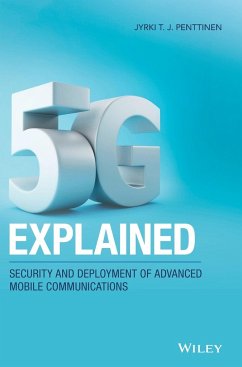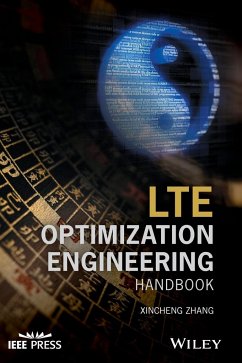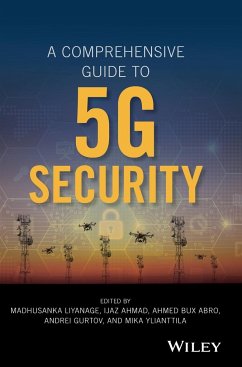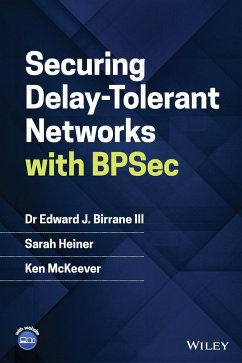Nicht lieferbar

Public Safety Networks from Lte to 5g
This timely book provides an overview of technologies for Public Safety Networks (PSNs). Including real-life examples of network application and services, it introduces readers to the many public safety network technologies and covers the historical developments as well as emerging trends in PSNs such as today's 4G and tomorrow's 5G cellular network related solutions.Public Safety Networks from LTE to 5G explores the gradual changes and transformation in the PSNs from the traditional approaches in communications, and examines the new technologies that have permeated this realm, as well as thei...
This timely book provides an overview of technologies for Public Safety Networks (PSNs). Including real-life examples of network application and services, it introduces readers to the many public safety network technologies and covers the historical developments as well as emerging trends in PSNs such as today's 4G and tomorrow's 5G cellular network related solutions.
Public Safety Networks from LTE to 5G explores the gradual changes and transformation in the PSNs from the traditional approaches in communications, and examines the new technologies that have permeated this realm, as well as their advantages. It gives readers a look at the challenges public safety networks face by developing solutions for data rates such as introducing broadband data services into safer communication. Topics covered include: TETRA and TETRAPOL; Digital Mobile Radio (DMR), Next-Generation Digital Narrowband (NXDN), Digital Private Mobile Radio (dPMR); and Professional Digital Trunking (PDT). The book also presents information on FirstNet, ESN, and Safenet; Satellite Communications in EMS (Emergency Management) and Public Protection and Disaster Relief (PPDR); Wi-Fi in Ambulances; Technology in Patrol Communications; and more.
Public Safety Networks from LTE to 5G explores the gradual changes and transformation in the PSNs from the traditional approaches in communications, and examines the new technologies that have permeated this realm, as well as their advantages. It gives readers a look at the challenges public safety networks face by developing solutions for data rates such as introducing broadband data services into safer communication. Topics covered include: TETRA and TETRAPOL; Digital Mobile Radio (DMR), Next-Generation Digital Narrowband (NXDN), Digital Private Mobile Radio (dPMR); and Professional Digital Trunking (PDT). The book also presents information on FirstNet, ESN, and Safenet; Satellite Communications in EMS (Emergency Management) and Public Protection and Disaster Relief (PPDR); Wi-Fi in Ambulances; Technology in Patrol Communications; and more.














